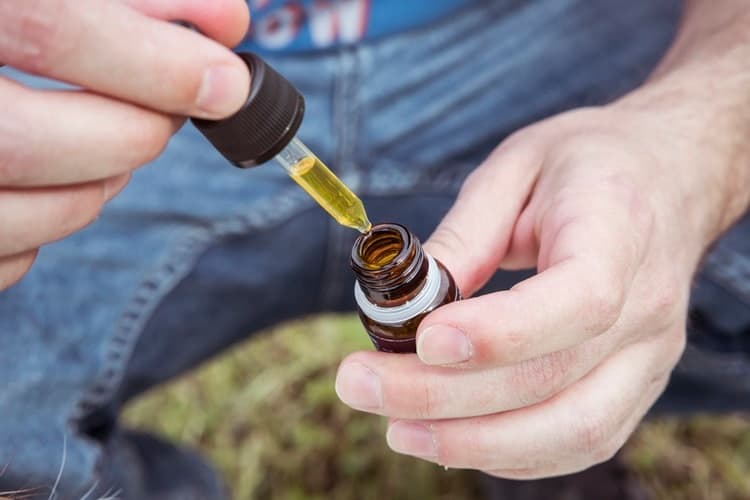As cannabis products become more attainable across the country, concentrates have been making a big name for themselves. With this demand comes the necessity for safer protocols for cannabinoid extraction. While conventional solvents work great in terms of getting a product, they aren’t always the safest and some have toxic properties.
New avenues have been explored for concentrating cannabis’ many cannabinoids. One avenue that’s recently garnered attention is pressurized hot water extraction (PHWE). PHWE subjects water to temperatures between 100–374°C and pressures between 0.1–22.1 MPa to give it enhanced solvent properties at a subcritical state. [1]
While this protocol isn’t exactly new, it hasn’t been used for creating cannabis products. The main reason is that PHW has yet to prove itself as efficient as current industry-standard solvents.
Luckily, a research group from South Africa has been evaluating PWHE. [2] They’ve made some discoveries concerning PHWE conditions necessary to extract various cannabinoids from cannabis seed powder. This includes contrasting controls, such as the optimal time and temperature to extract cannabidiol (CBD) in comparison to tetrahydrocannabinol (THC). [2]
According to the researchers, “PHWE can be seen as an alternative to the classic extraction approach as the efficiency is higher and it is environmentally friendly.” They tested various temperatures during extraction (80-200°C) and at the collector vessel (25-200°C) in addition to extraction times (15-60 minutes) at a constant pressure (10.5 MPa). Optimal conditions were defined as those producing the highest ratio of non-intoxicating CBD, cannabichromene (CBC), and cannabigerol (CBG) to intoxicating THC and cannabinol (CBN).
“The optimal conditions to extract more CBD, CBC, and CBG than THC and CBN were set at 150°C, 160°C, and 45 minutes as extraction temperature, the temperature at collector vessel, and the extraction time, respectively.” The temperature shift from 140 to 160°C increased solubility but evaporated significant THC and CBN. [2]
Such research could fundamentally shape how we use PHWE within the future of this industry. However, there are still many unknowns with this practice.
For example, since PWHE hasn’t been used on a commercial level, it’s uncertain whether or not it’s more cost-effective. Not to mention, we’re still unsure whether the end product is something consumers would prefer in comparison to traditional extraction methods.
However, PWHE has already been used for various compounds outside of cannabis — specifically, within various food and botanicals. [3] While there has been sufficient evidence supporting the extraction method, more research is still necessary to answer some vital questions.
Still, it’s understood that PWHE is much safer for those who are hands-on within the process and more environmentally friendly than some other forms of extraction.
Image: Enecta – Cannabis extracts
References
- [1] Plaza M, Turner C. “Pressurized Hot Water Extraction of Bioactives.” TrAC Trends in Analytical Chemistry, vol.71, 2015, pp.39–54, doi:https://doi.org/10.1016/j.trac.2015.02.022. Impact Factor: 8.428; Times Cited: 166
- [2] Nuapia Y. “Selective Extraction of Cannabinoid Compounds from Cannabis Seeds Using Pressurized Hot Water Extraction.” Molecules, vol.25, no.6, 2020, p.1335. Impact Factor: 3.060; Times Cited: n/a
- [3] Teo CC, et al. “Pressurized Hot Water Extraction (PHWE).” Journal of Chromatography A, vol.1217, no.16, 2010, pp.2484-94. Impact Factor: 3.858; Times Cited: 309











